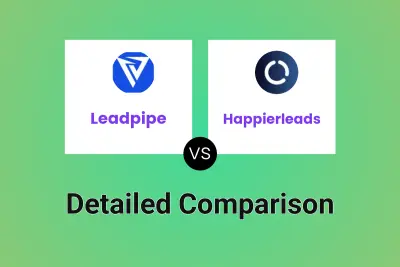What is Leadpipe?
Leadpipe is a visitor identification platform designed to help businesses capture information about their website visitors, even if those visitors do not fill out a contact form. By installing a simple pixel, the tool works to deanonymize website traffic, providing valuable data such as names, personal or business emails, phone numbers, and LinkedIn profiles for a significant portion of visitors (claiming over 35%). This allows companies to understand exactly who is showing interest in their products or services.
The platform focuses on leveraging first-party data, collecting and analyzing visitor information to generate high-intent leads. It offers insights into the buyer's journey and provides analytics to help optimize outreach and sales strategies. Leadpipe aims to offer a scalable and predictable lead source, comparable to paid advertising but at a lower cost per lead, while being resilient to changes in advertising platform algorithms. It facilitates integration with various email marketing tools and CRM systems for automated follow-up and streamlined workflows.
Features
- Visitor Identification: Capture names, emails, phone numbers, and LinkedIn addresses of anonymous website visitors.
- B2C & B2B Identification: Provides identification solutions tailored for both consumer and business-focused websites.
- First-Party Data Collection: Collects and analyzes visitor data directly from the user's website.
- Buyer Journey Insights: Offers analytics and tracking of visitor behavior and page interactions.
- Real-Time Notifications: Delivers instant alerts when new visitors are identified.
- Integration Capabilities: Connects with over 260 native integrations, including email marketing tools and Slack.
- Detailed Data Points: Provides access to over 53 data points for identified leads.
- Company Identification: Includes free identification of companies visiting the website.
Use Cases
- Generating leads from existing website traffic.
- Building targeted email lists without relying solely on forms.
- Improving the effectiveness of sales outreach efforts.
- Understanding anonymous visitor behavior and purchase intent.
- Enhancing marketing campaign performance with identified leads.
- Recovering potentially lost leads who didn't convert.
- Supplementing paid advertising efforts with direct lead data.
- Powering account-based marketing (ABM) strategies.
Related Queries
Helpful for people in the following professions
Featured Tools
Join Our Newsletter
Stay updated with the latest AI tools, news, and offers by subscribing to our weekly newsletter.













